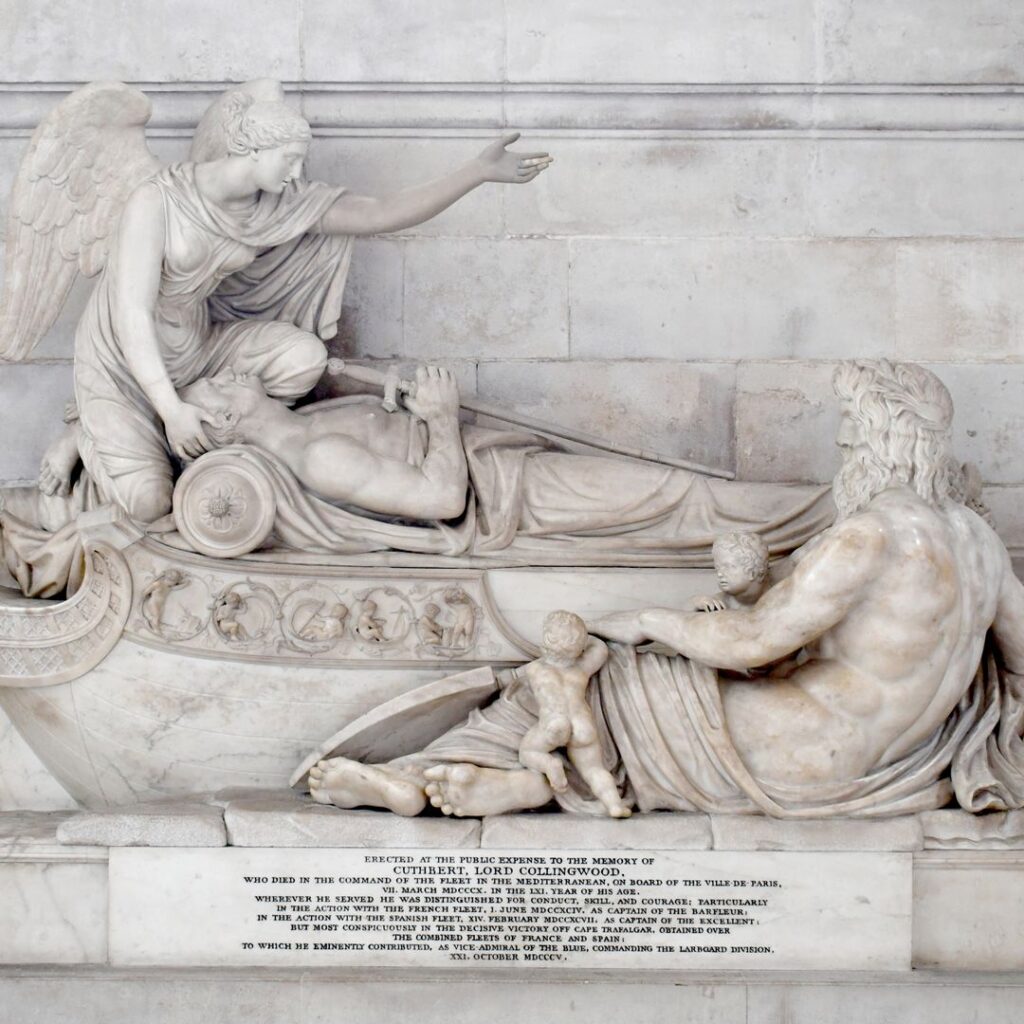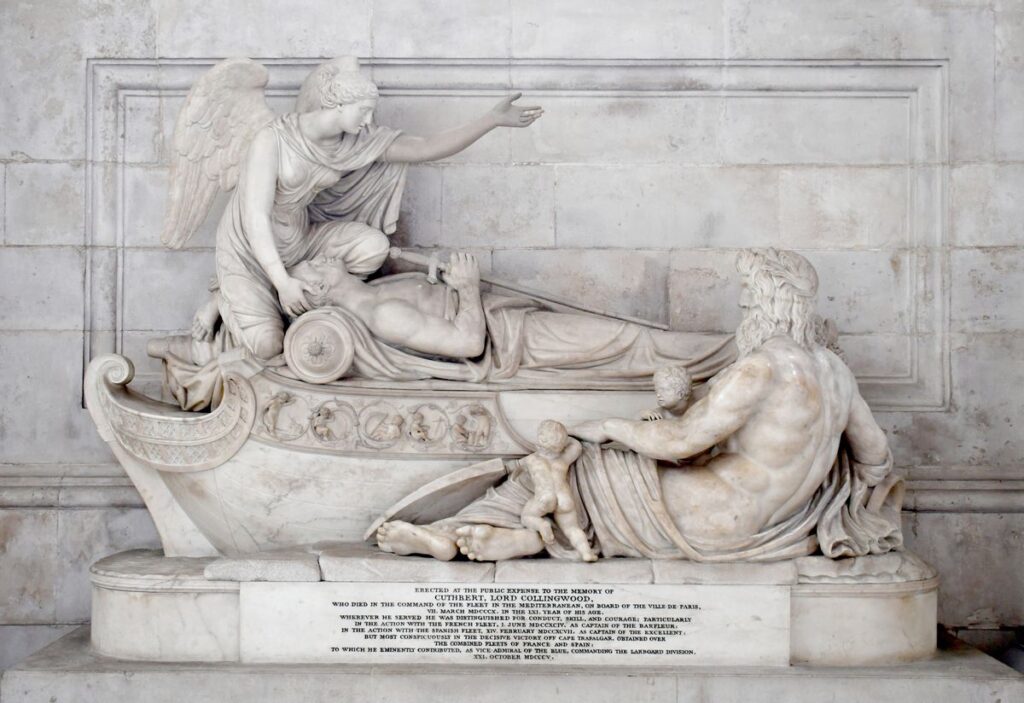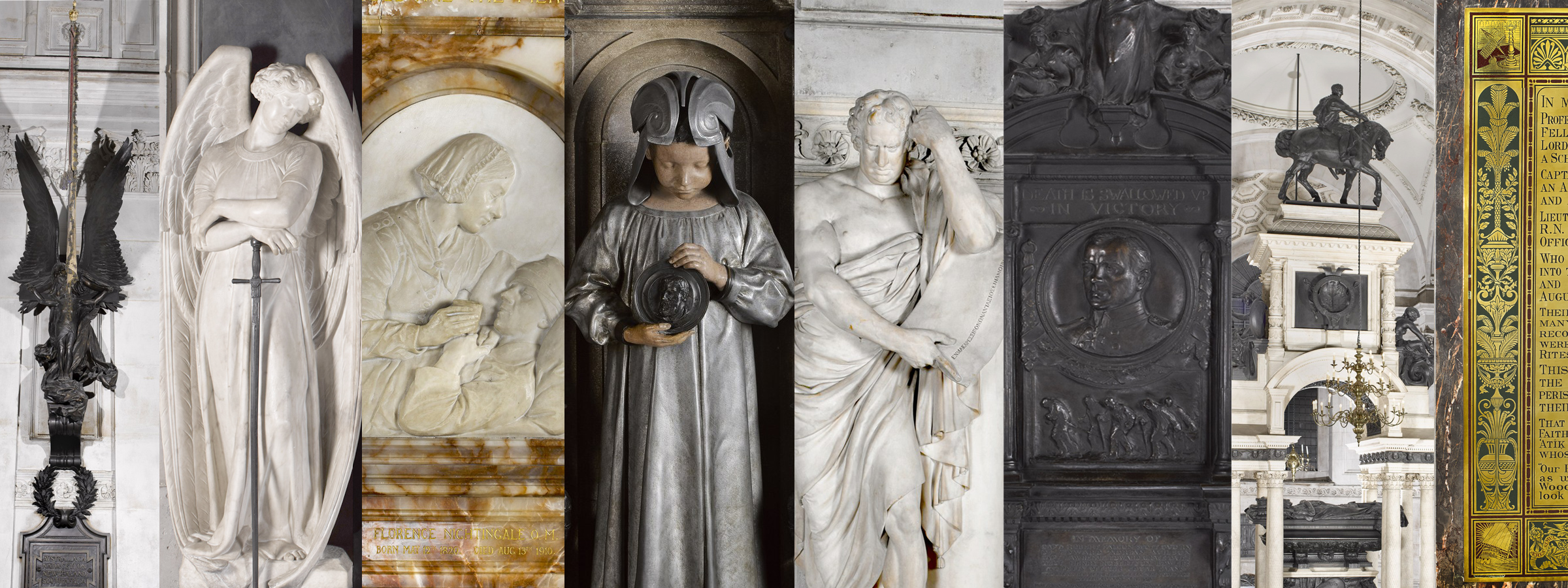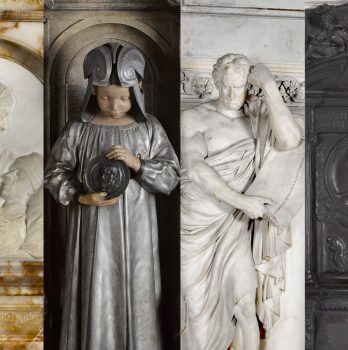‘Someone (After Harryette Mullen)’: Poet Will Harris’s Response to the Monument to Vice-Admiral Lord Cuthbert Collingwood (1748–1810) by Sir Richard Westmacott RA, 1810


Someone
– After Harryette Mullen*
He is the heath to your yaud
in relation to toons He is the
heebie-jeebies to your Yorrick
in relation to tulips He is the heat
seeking missile to your Yorkie
in relation to tutus He is the heel
to your yawling in relation to tuak
He is the hee-haw to your yawp
in relation to toot sweet He is
the Heliogabulus to your yawn
in relation to tomb bats He is
the He-Man to your JORVIK Viking
Centre in relation to toothing
He is the helium to your yort
in relation to touché He is the
heanling to your yorgan in relation
to Toots He is the heave ho to
your yautia in relation to tubercles He
is the heam to your Yuri Gagarin
in relation to toora loora toora loo rye ay
About Will Harris
Will Harris is a London-based writer of Chinese Indonesian and British heritage. His debut poetry book RRENDANG (2020) was awarded the Forward Prize for Best First Collection 2020. It was a Poetry Book Society Choice and shortlisted for, among others, the prestigious T.S. Eliot Prize (2020). He is also the author of acclaimed essay Mixed-Race Superman (Melville House, 2018), a book about mixed-race experience, masculinity and the cult of the hero.
Visit Will Harris’s website.
About the Monument
Vice Admiral Cuthbert Collingwood, 1st Baron Collingwood was born in Newcastle in 1748. He joined the Navy as a teenager and rose through the ranks to become one of Britain’s most respected naval officers. An associate and friend of Nelson’s, he was Nelson’s second-in-command at the Battle of Trafalgar, his last major battle. He famously kept a beloved pet dog, Bounce, aboard ship with him; and during his short spells of leave at home in Morpeth, he would plant acorns to ensure that there would be oak trees in the future to provide wood for ship-building.
Collingwood died aboard ship on his final journey home, in 1810. His body was brought back to England and laid to rest near Nelson in the crypt of St Paul’s Cathedral. Sir Richard Westmacott RA was commissioned to create Collingwood’s memorial, which is is in the South Transept on the Cathedral floor. He represented Collingwood lying in state on a man o’ war, holding a ceremonial sword, with the figure of Fame at his head. Westmacott had studied in Rome, where he would have encountered classical sculptures of river gods: their influence can be seen in Westmacott’s figure of Neptune, reclining at Collingwood’s feet.



